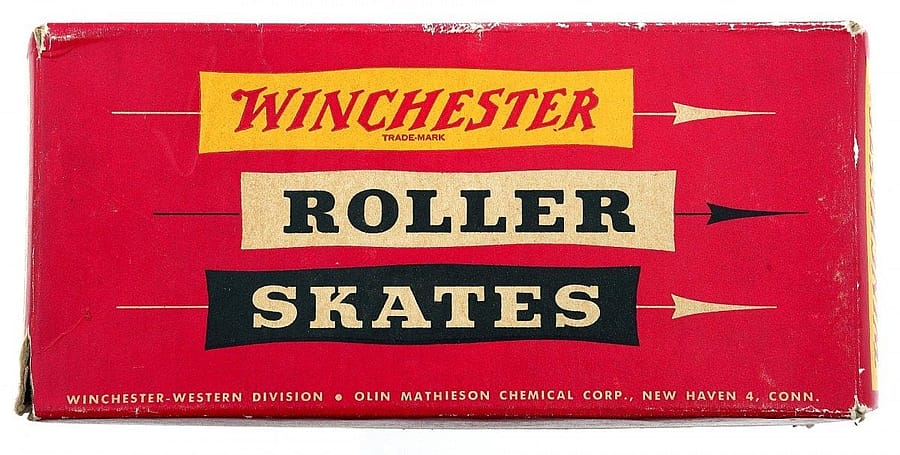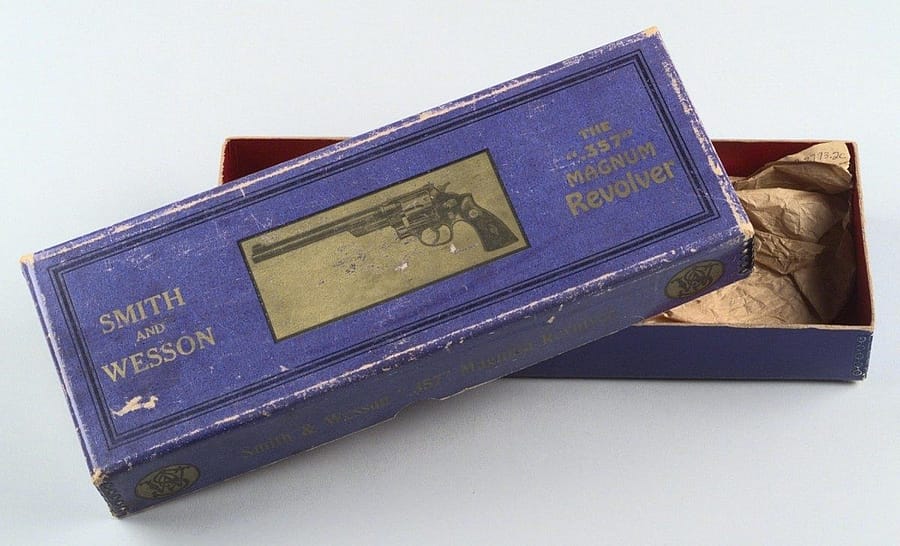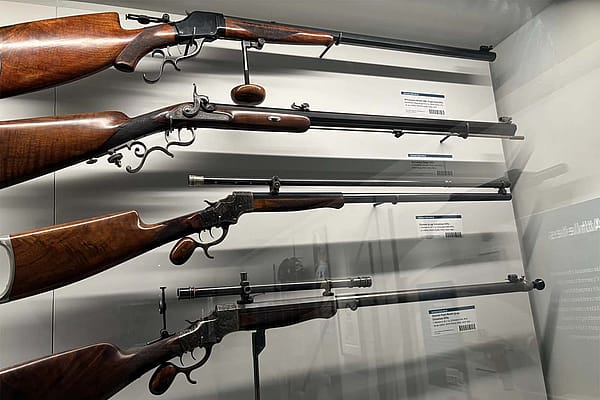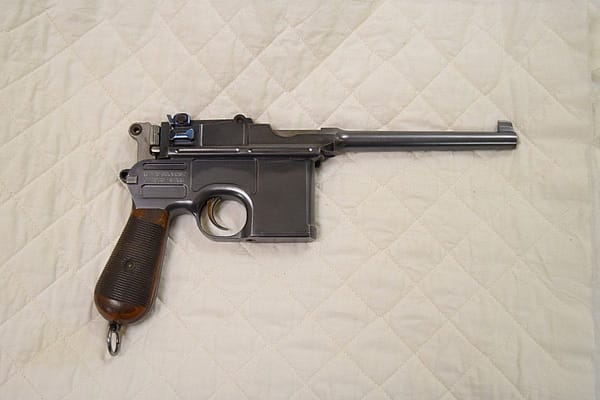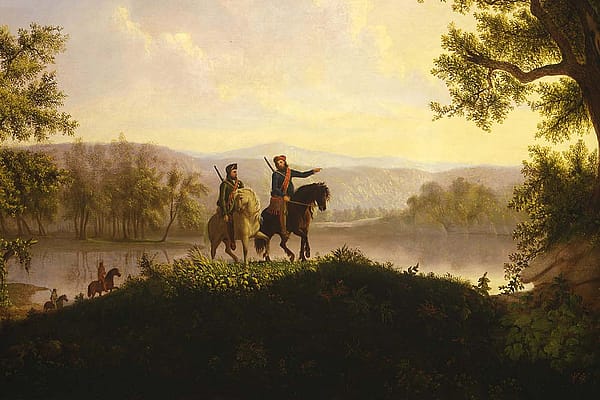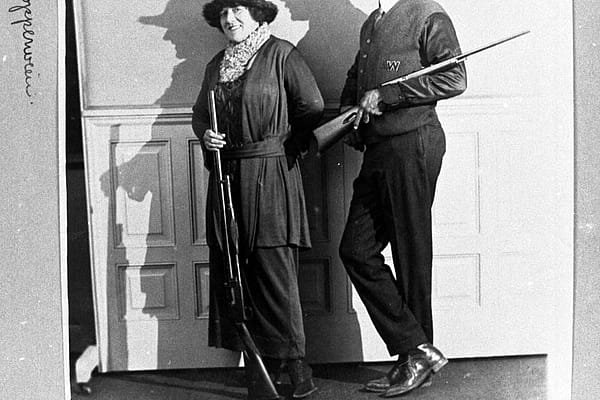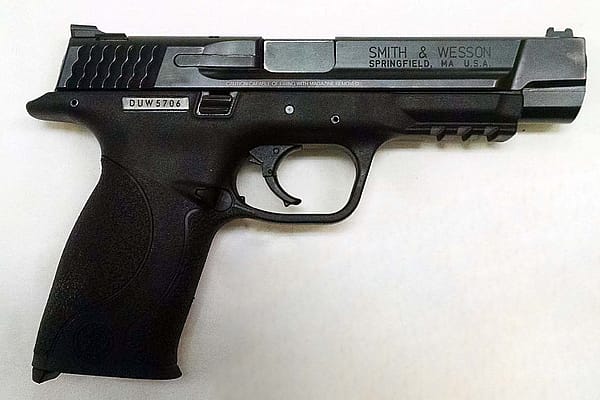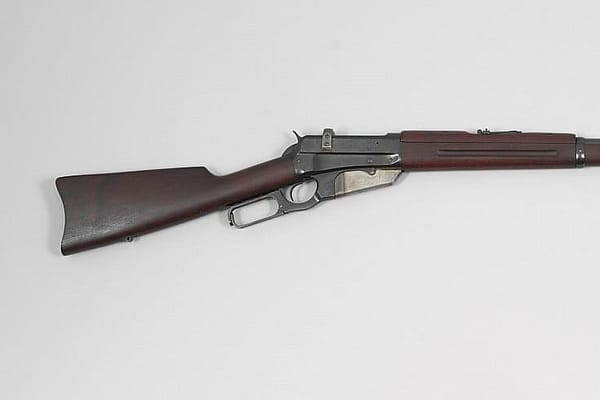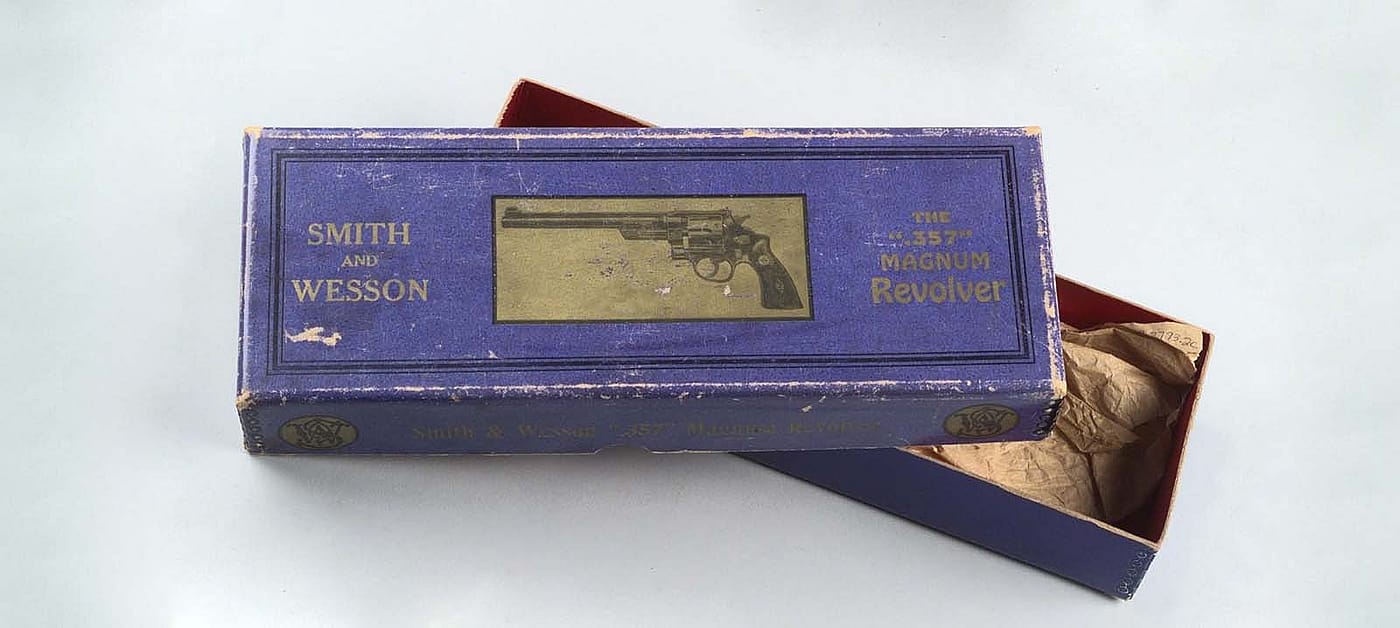
Smith & Wesson Name Change? Let’s Look Back
Last week Smith & Wesson announced a potential name change. Smith & Wesson Holding Corporation would like to change its names to American Outdoor Brands Corporation. Although the company wishes to change its name to encompass the wider range of products they now own, the firearms they sell will still be branded Smith & Wesson. We thought this would be a great opportunity to briefly review Smith & Wesson’s history.
Horace Smith and Daniel Wesson’s partnership began after they both worked at a company called Robbins & Lawrence. That company had been contracted to produce the Jennings Rifle. Smith had helped improve the design of the rifle and Wesson was working at the same factory to produce pistols. Once their production contracts were over they teamed up to begin working on a design for a lever-action firearm.
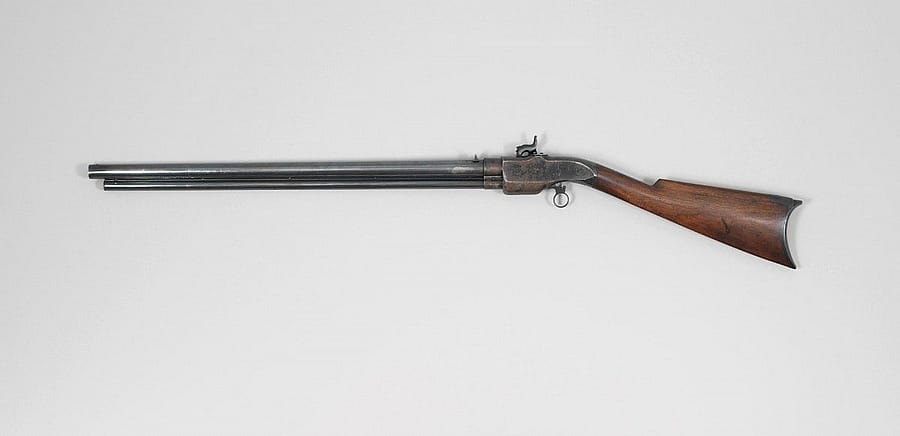
Their new design became the Volcanic Repeater and they named their new company Volcanic Arms Company. Like many businesses, firearms manufacturers change hands, or a recognized brand closes and the name is bought by someone else. Volcanic proved to be no different. In the face of poor sales, a shirt manufacturer named Oliver Winchester bought the company and its assets. While Smith and Wesson failed to find commercial success with their lever action rifles, their second partnership proved much more fruitful.
In 1856 Smith & Wesson launched a new venture, this time focused on revolvers. After Colt’s patent on revolvers expired in 1856, they went to work. They used their patent on rimfire ammunition and Rollin White’s patent on revolver cylinders to create the Smith and Wesson Model 1. The Model 1 proved to be a success and firmly established Smith & Wesson in the revolver market. They followed up with more cartridge revolvers in the Model 1 ½, Model 2, & Model 3. Governments, banks, and individuals all purchased Model 3s, making it a prominent revolver in the Old West.
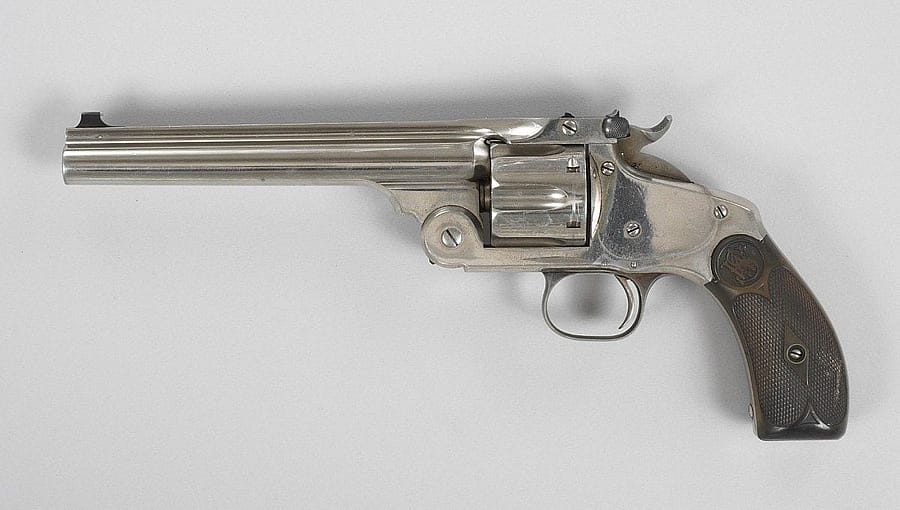
Since Smith & Wesson’s 19th century success, they have continued to make iconic revolvers. The Model 10 series, originally known as the Military & Police, lived up to its name. It armed many police departments and fought in both World Wars. Smith & Wesson earned pop culture fame when the .44 Magnum Model 29 featured in the movie Dirty Harry. Once known only for its revolvers, Smith & Wesson branched out into other firearms designs, and now with its proposed name change, also intends to branch out into other products as well.
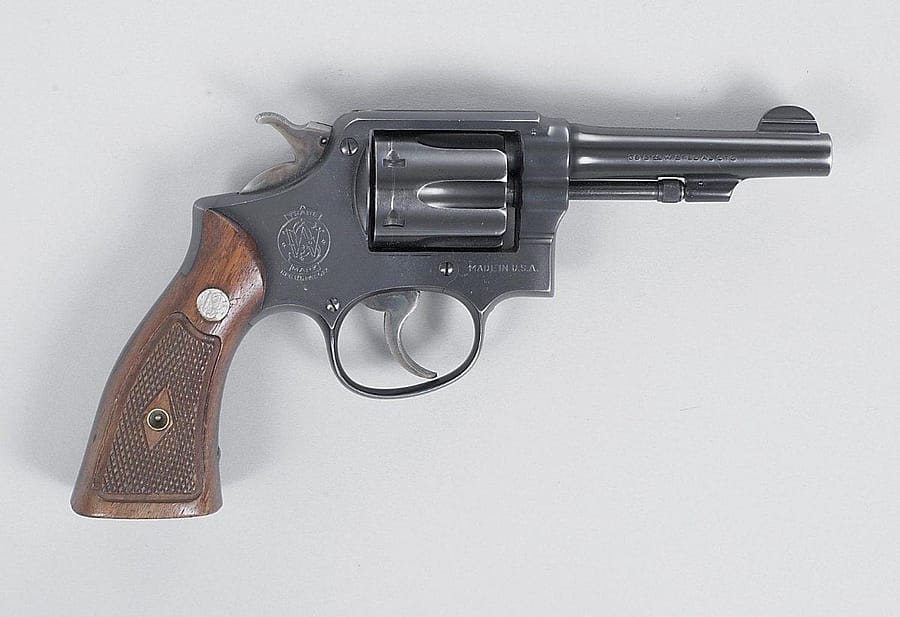
Smith & Wesson isn’t the first firearms company to attempt this approach. Winchester tried to expand its line of products into more than just firearms following World War I. Winchester began producing everything from roller skates to flashlights to shaving razors. Unfortunately, the venture failed, and Western Ammunition purchased Winchester in 1931.
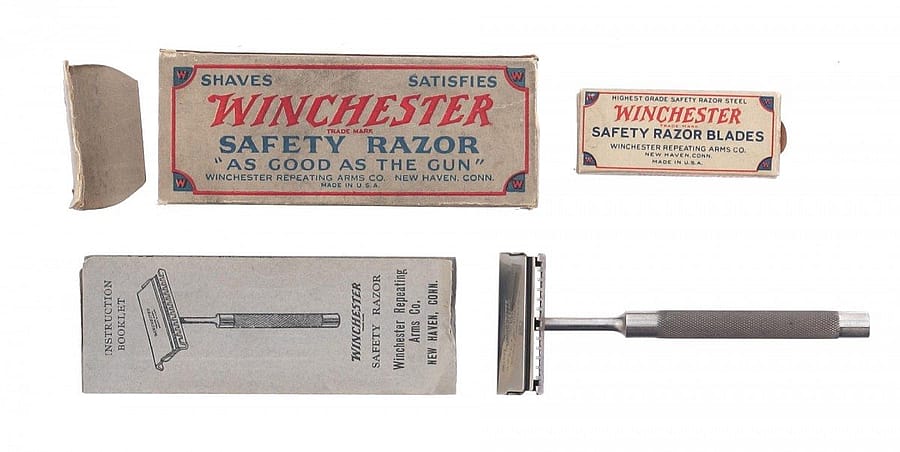
Smith & Wesson is in a different situation from Winchester, but major shifts can be a difficult thing to navigate well. We hope to see the descendants of these historic companies around for many years to come.
Written By
Danny Michael
Danny Michael is Associate Curator (formerly Assistant Curator) of the Cody Firearms Museum. In addition to assisting with visitor inquires, researching, and writing about the collection, he also manages social media content for the Cody Firearms Museum. Danny moved to Cody from Maryland and enjoys finding ways to watch the Baltimore Orioles from Wyoming, recreational shooting, and reading about history.
